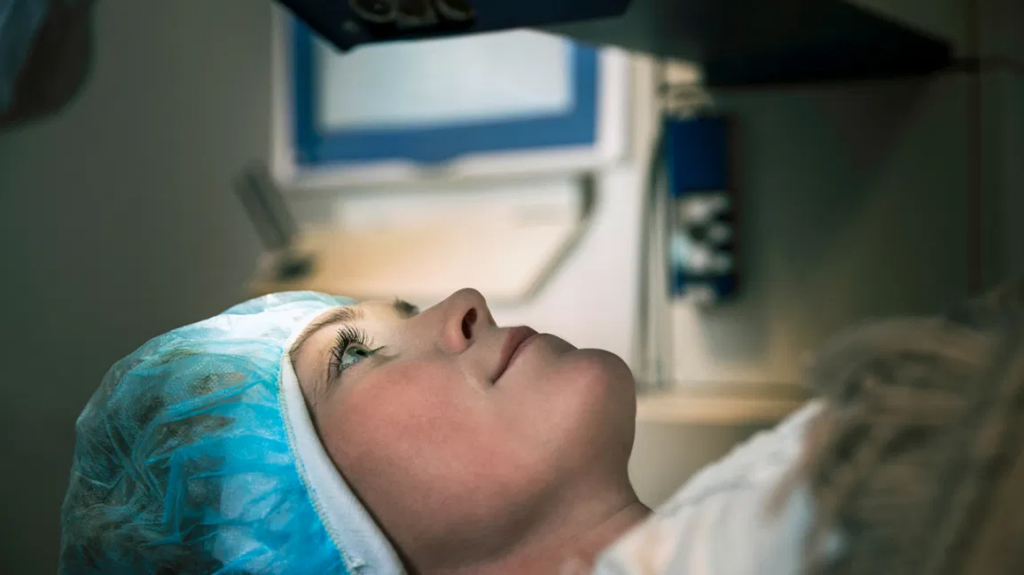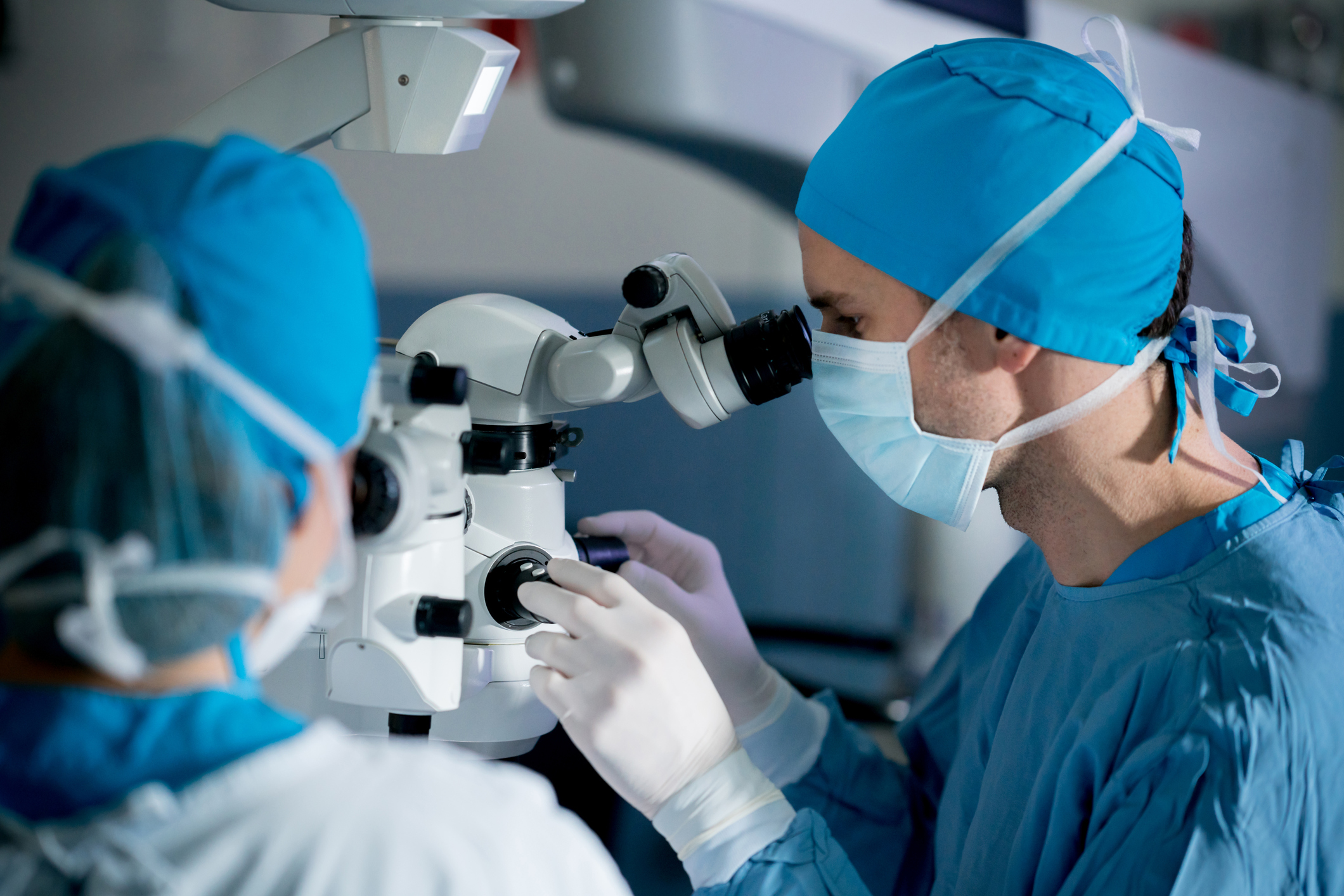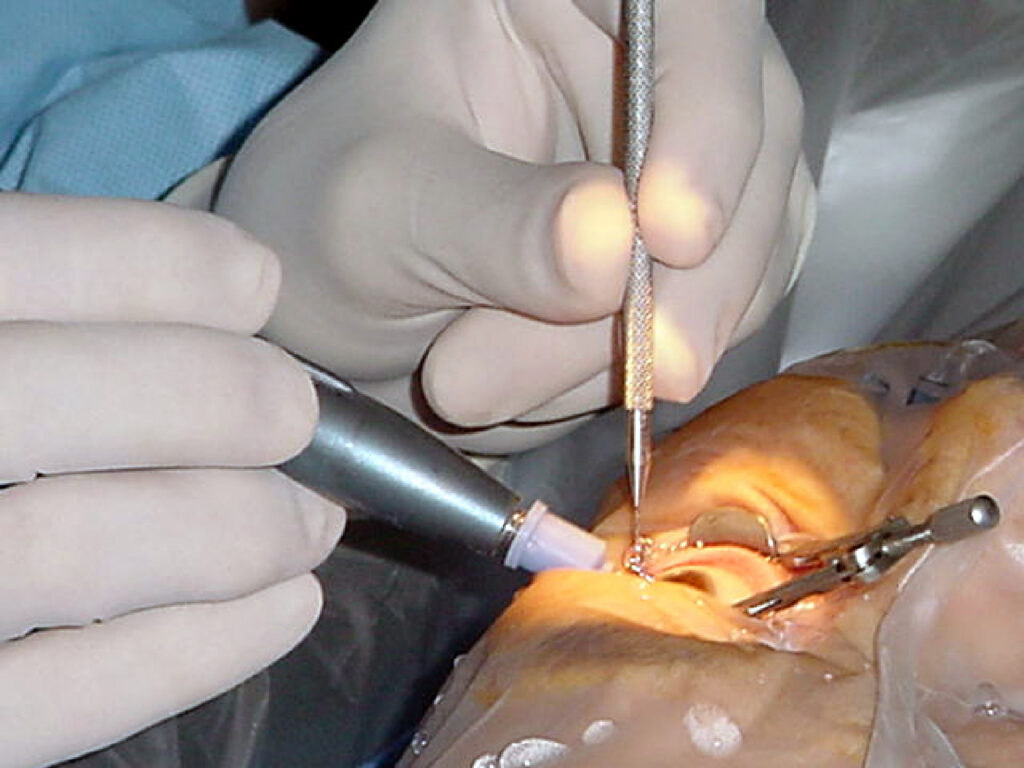I have heard it severally that people that have once undergone Lasik are going for it again. I traveled in thought, and I assume that perhaps they have allowed an incompetent surgeon to handle their eyes. You can think about it as well. If you want to undergo Lasik surgery today in Australia, the minimum amount you will pay is $2000. So, why will someone spend that enormous amount of money on Lasik, and there’s a tendency to redo that surgery again? I was thinking so deeply. It got to the point that I had to start looking at the Lasik procedure as something that cannot take people through the journey of perfection when it comes to an eye problem.
But from what I got, I noticed that people are still saying something good about Lasik. Then, I began to expand my thought. I was curious to know why there’s a slight chance of doing this surgery again if you’ve done it before. However, I noticed that people neglect what they ought to do after the surgery. Of course, I am not against the fact that if an incompetent Lasik surgeon handles your eye, you might need to redo this surgery again. Also, things you need to avoid after Lasik eye surgery will prevent you from undergoing this surgery again. Now, what are those things you need to avoid after Lasik? That is what this article is all about. But before we proceed, there’s a need to have a piece of background knowledge about this procedure.
What is Lasik Eye surgery?
The Laser is used to reshape or correct the corneal tissue underneath the flap. The flap will be lifted to ensure the corneal tissue underneath is corrected without any complications in this procedure. Do you know why this is done? This procedure is done to ensure the light focus better on the retina. So, if this process is handled carefully, the cornea flap can be fully restored to its normal state. One beautiful thing about this process is that it remains the best method of solving eye problems like myopia, hyperopia, and astigmatism. However, one thing is crucial. If you don’t want to undergo this surgery again, make sure you’re connected with the right source. What do I mean by being connected with the right source? Ensure that your Lasik surgeon is competent and reliable.

Things you need to avoid after Lasik eye surgery
- Keep your eyes away from dust: After Lasik surgery, you need to stay away from dusty areas. Exposing your eyes to dusty areas can affect you. If you don’t take this point seriously, you may spend another time in the theatre room. You must not overlook this aspect. Oh! Your doctor did not inform you to stay away from dust after the surgery. Now, you have that information here. One of the ways to help hasten your healing process after the surgery is to prevent your eyes from dusting. If it is a must for you to visit a dusty area after your surgery, you can use your face shield or eyeglasses to prevent dust from penetrating your eyes. You can read about Things to do to avoid undergoing Lasik eye surgery by clicking here.
- Refrain from washing your hair: It is expedient for you to stay away from washing your hair a few days after Lasik surgery. There’s no how water won’t penetrate your eyes while washing your hair. So, please stay away from washing your hair if you don’t want to spend more money on redoing Lasik surgery.

- Use a face shield for some moment: The truth is that the essence of undergoing this surgery is to regain your eyesight. But you need to use your face shield for some moments after the surgery. The face shield will not be used all the time. But because you just finished the process, your eyes must be safe from other particles in the air, and only a face shield can help achieve that. If your doctor instructs you to use a face shield for a week after the surgery, please pay attention to what he’s saying. It will help you for real.

- Don’t rub your eyes with your hand: It is normal to feel like your eyes are hitching you after the surgery. The slight pain might be unpleasant, and you may want to use your hand to rub your eyes. Please don’t do that. The cornea is at the healing stage. So, if you rub your eyes with your hand, you can complicate the issue on the ground. Therefore, it is advisable for everyone who has just finished the process to avoid rubbing their eyes with their hands. Please don’t joke with this. It may sound so simple to you. As simple as it may sound, it has affected countless people.
- Stay away from water in your eyes: Yes! You must get water in your eyes for at least two weeks after the surgery. So, swimmers must also stop swimming for at least two to three weeks after the surgery. Let me quickly chip in that you must not wash your eyes with soap and water. If you want to wash your eyes, use only water. Then, you need to rub your face with water softly.
- Go for a checkup: Some people think that the procedure ends after the surgery. Of course, it ends after the surgery. But there’s a need to visit your eye doctor for examination constantly. When you visit your eye doctor after the surgery, you’ll know if there are things you need to do or not. It is vital to go for checkups even after Lasik. Some people overlook this aspect. They assume all is well, and they later pay money to redo the surgery. Please don’t joke with this point. You can also read about laser eye surgery by visiting https://www.betterhealth.vic.gov.au/health/conditionsandtreatments/eyes-laser-eye-surgery

On a final note
Dear reader, if you can work on the above-listed point, you’ll also share a lovely story about how Lasik has helped you. So, if you’ve found this article interesting, why can’t you share the link to this page with friends and family. Finally, do you have a question regarding this topic? Please drop your question in the comment box.







